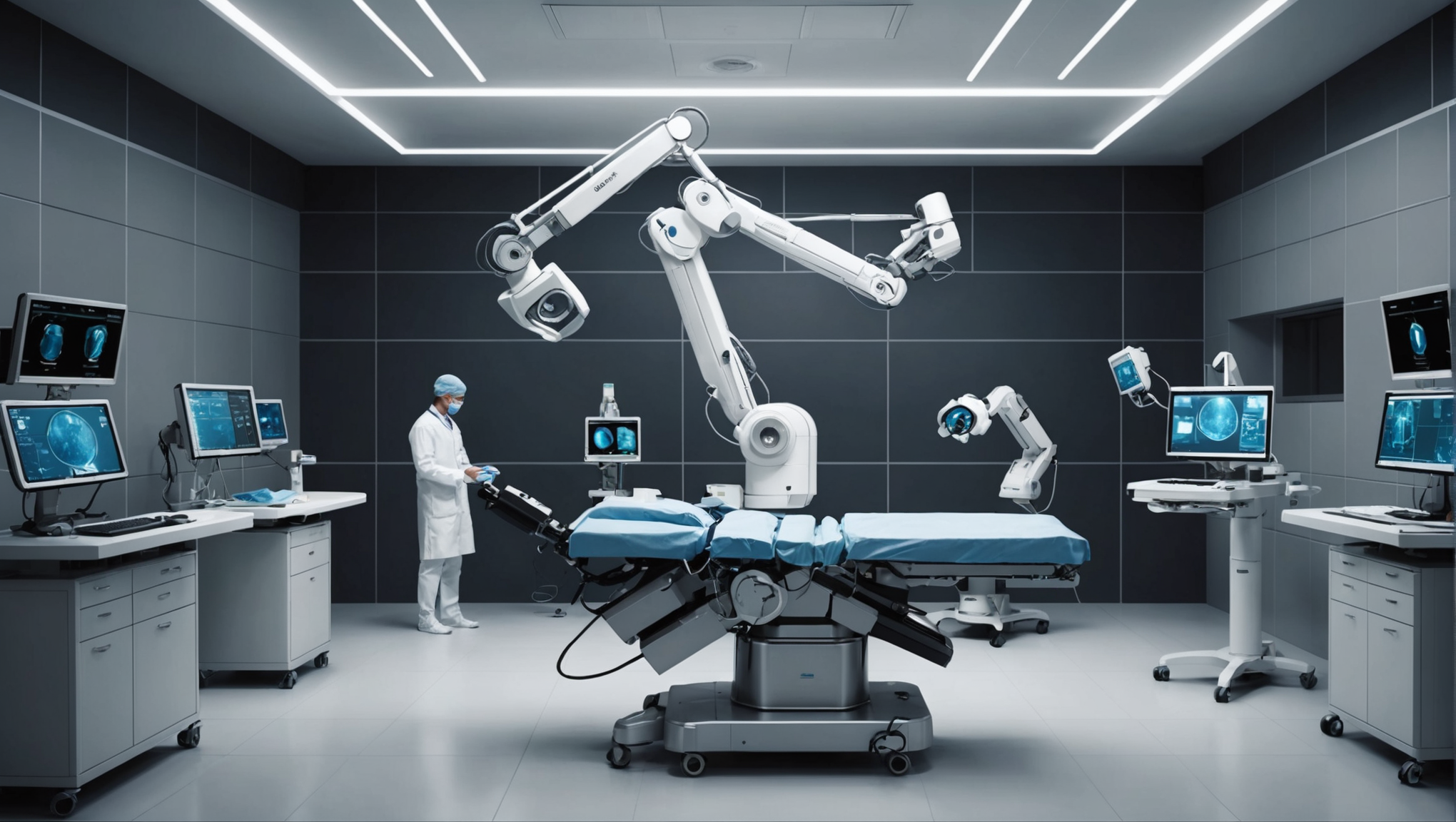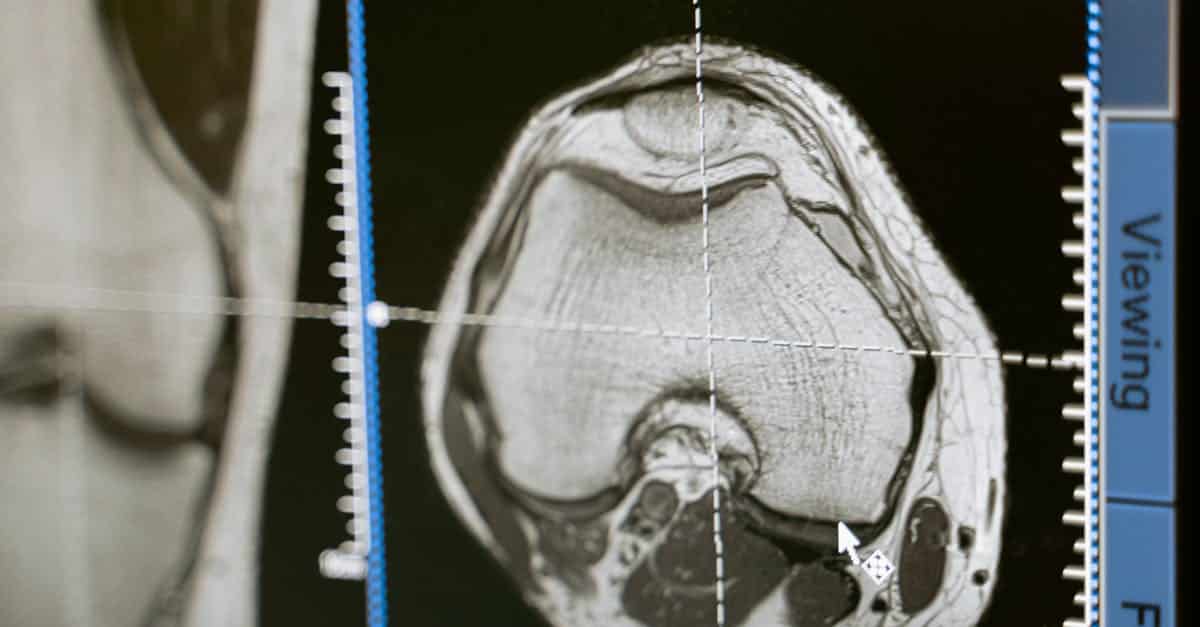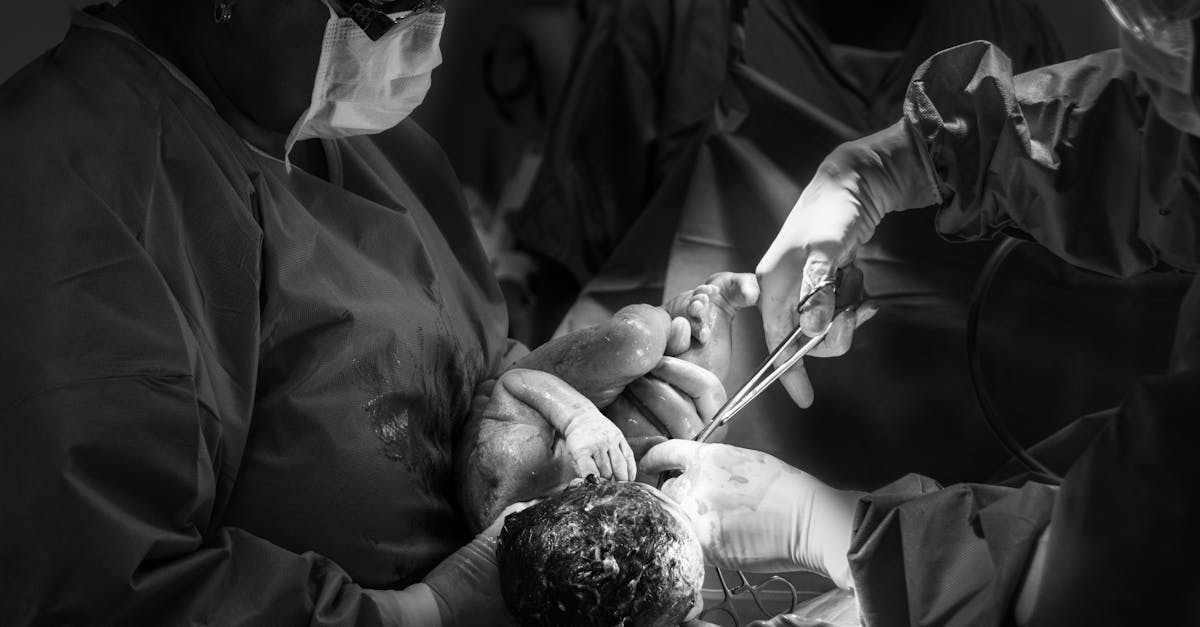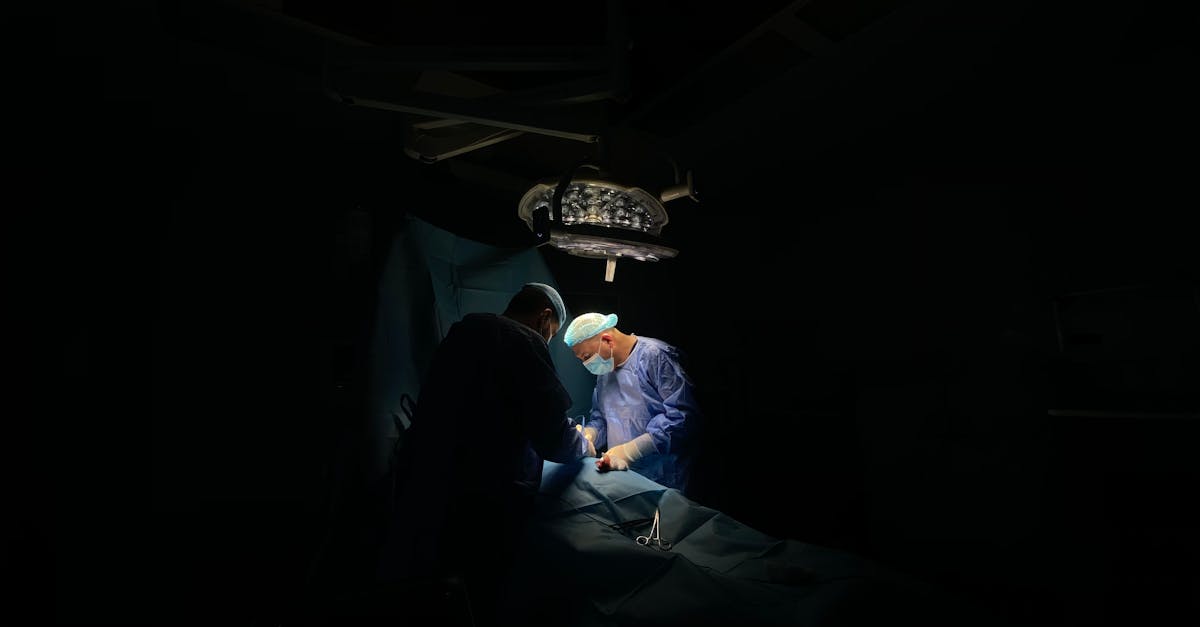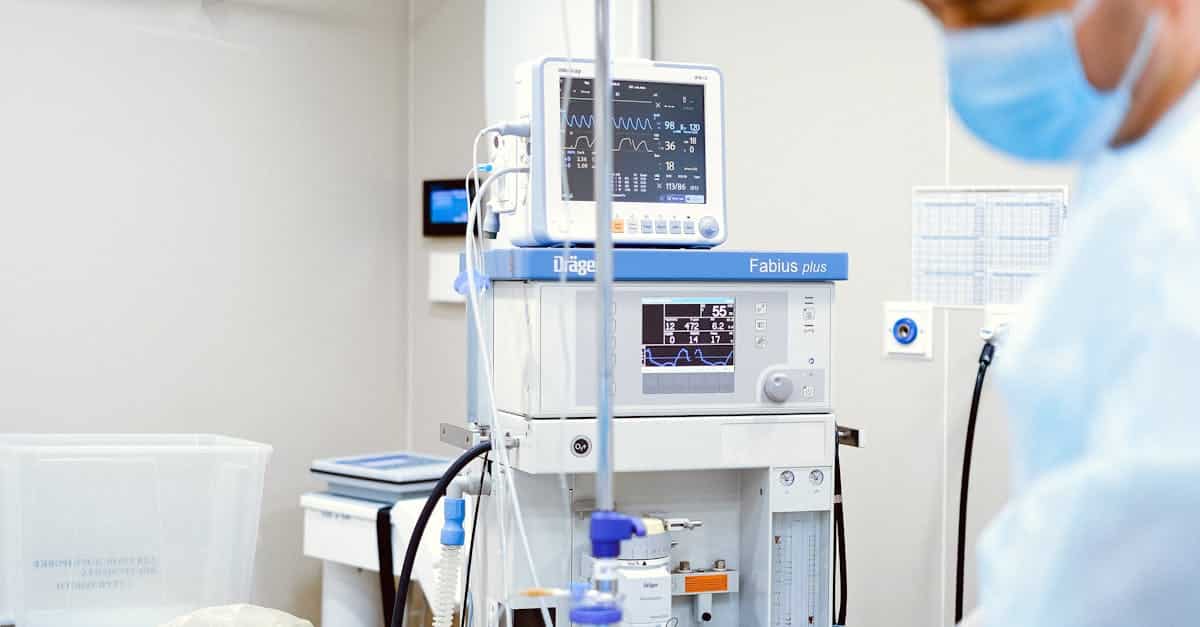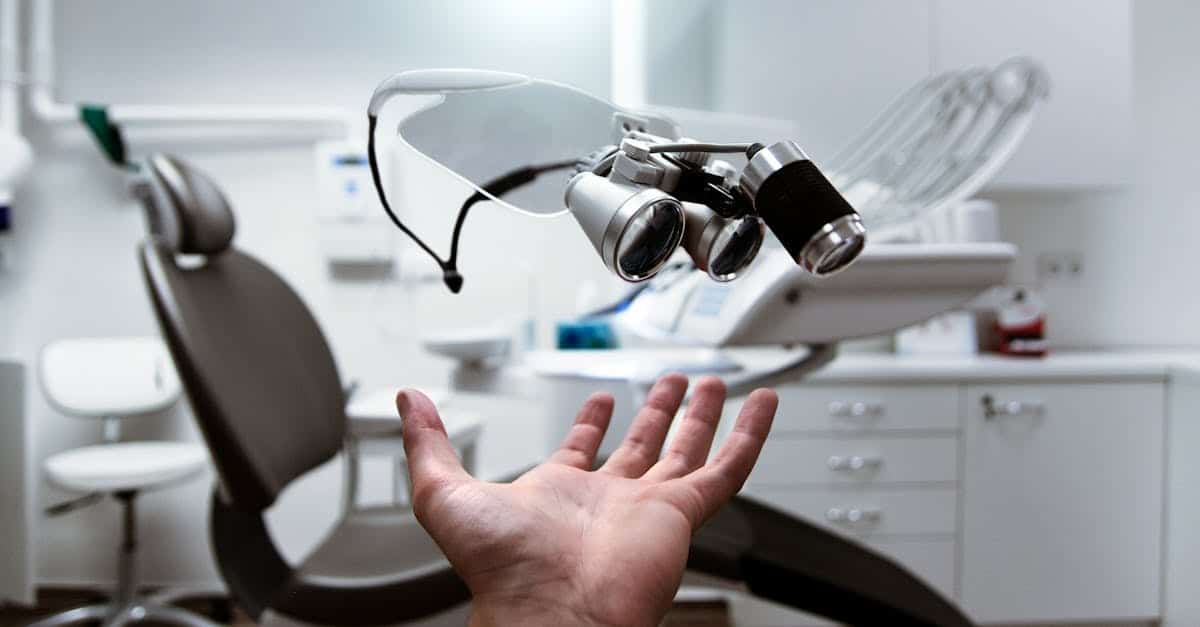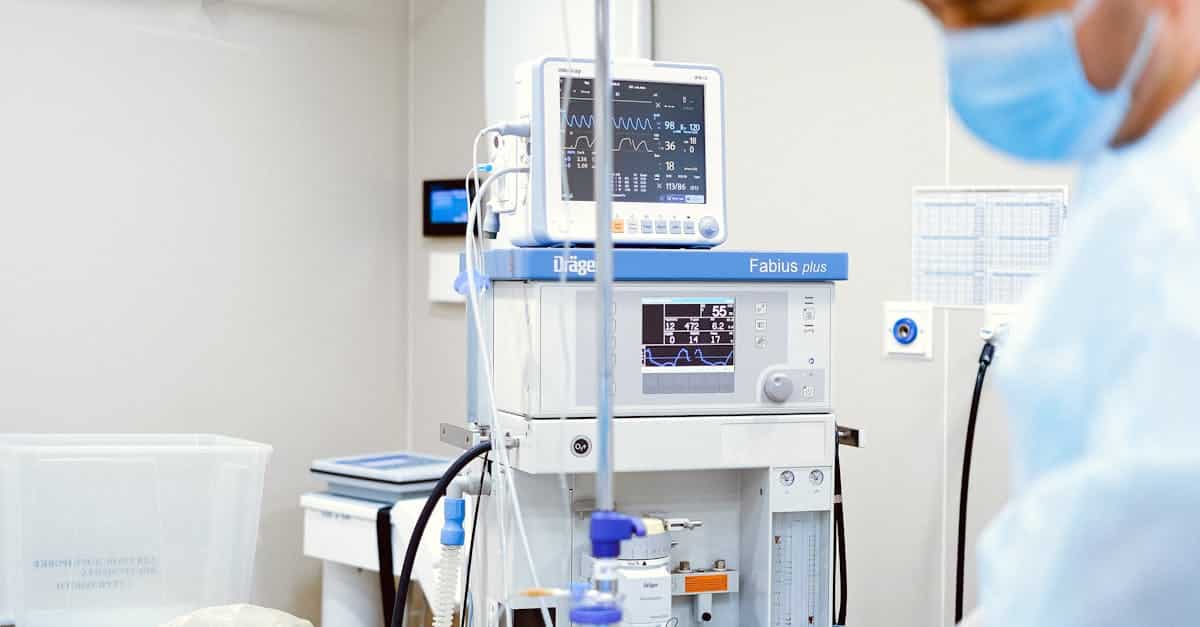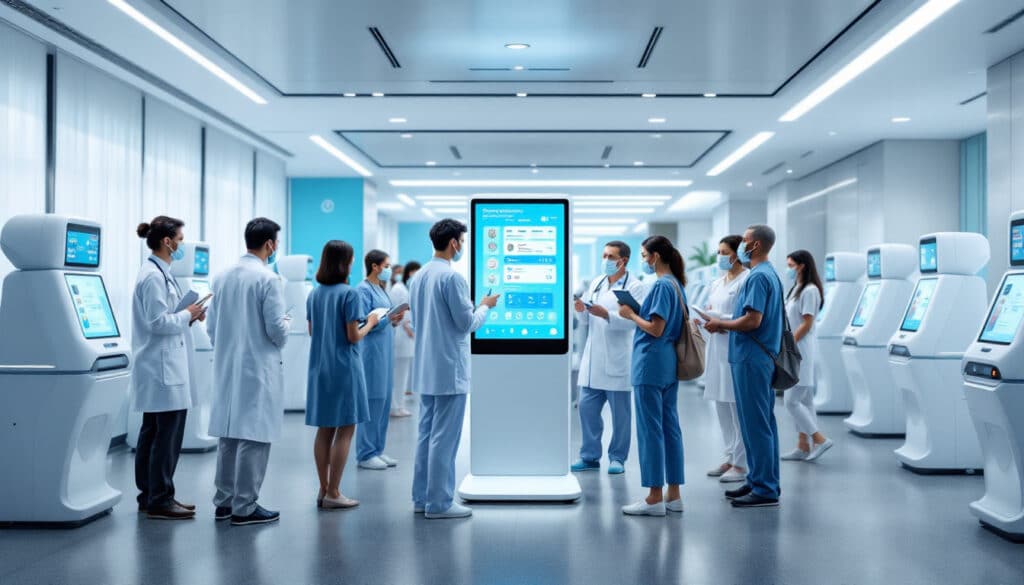There robotic surgery emerges as a technological revolution unfolding unprecedented possibilities within the operating room. By integrating robotic systems into surgical practices, this discipline fundamentally transforms our traditional approach to medicine. Strongly focused oninnovation, the latest advances in the field aim not only to improve the precision gestures, but also to reduce the intervention time and reduce the risk of post-operative complications.
In a constantly evolving medical landscape, the prospects for robot-assisted surgery are clearly emerging: increasingly minimally invasive interventions, promoting rapid convalescence of patients. New technologies tackle traditional challenges, promising more reliable results while ensuring increased comfort for practitioners. Thanks to a harmonization surgical teams and optimized collaboration between humans and machines, the future of robotic surgery looks bright, inviting us to rethink the way in which care is provided and adapted to the needs of patients. These innovations promise to be a crucial lever for the medical practice of tomorrow.
There robotic surgery represents a paradigm shift in the medical field, transforming the way surgical procedures are performed. Thanks to technological innovations constant, this discipline makes it possible to reinforce the precision of surgical procedures while minimizing the risks for patients. Surgical robotics combines advanced tools with human expertise, rivaling traditional practices through methods of minimally invasive surgery which promote rapid recovery.
State of play of current robotic surgery
Currently, the robot-assisted surgery is booming, with a market worth several billion dollars. According to data collected in 2022, this sector is expected to grow at an annual growth rate of 20%, illustrating increasing interest from healthcare institutions and surgeons. Robotic systems, as famous Da Vinci, are now essential tools in operating theaters around the world. Operational data reveal that procedures assisted by these devices are associated with a significant reduction in surgical complications and decreased hospital stays, emphasizing their increasing importance and necessity.
The leading cases of the surgical robotics include complex operations such as prostatectomy, bladder surgery and cardiothoracic procedures. Studies show that patients who have undergone robot-assisted operations have reduced post-operative pain and a quicker return to daily activities compared to traditional methods. For example, a study published in the Journal of Urology observed that 95% of patients who underwent robotic prostatectomy reported high satisfaction following the procedure.
Key innovations and their impact
The latest technological innovations in matters of robotic surgery place this discipline at the forefront of medical treatments. Advances include the integration of AI (artificial intelligence) and 3D imaging that allows surgeons to obtain a more precise view of the patient’s anatomy. AI, for example, helps analyze patient data to anticipate complications and adapt surgical techniques accordingly, making procedures safer.
Among the eye-opening case studies, the Stryker Mako robotic system’s approach to hip and knee replacements showed results with unparalleled precision. In 2021, the Mako method allowed 88% of patients to regain a higher quality of life, with lower complication rates than those observed with conventional techniques. These devices, which combine robotics and imaging, allow personalization of the intervention and open new avenues in orthopedic surgery.
The rise of medical robotics is not without challenges. The cost of acquiring and maintaining these robots remains a barrier for many healthcare establishments. However, initiatives such as telemedicine and remote medicine could overcome these economic obstacles, making these technologies more accessible. Of the collaborations between medical device manufacturers and healthcare establishments are in the process of developing more affordable solutions while maintaining high quality standards.
Future perspectives and practical recommendations
The prospects for the robotic surgery are promising. As technology continues to evolve, new applications will continually emerge. The search for more compact and portable robotic systems promises to revolutionize surgical practice, particularly in resource-limited settings. For example, platforms portable robotics like those developed by Mendaera, who recently raised $73 million for their innovations, aim to democratize access to advanced surgical devices, even in more modest hospitals.
For healthcare professionals, it is essential to become familiar with the latest innovations in medical robotics. The integration of training on robotic technologies must be a priority in the curriculum of future practitioners. Surgeons can benefit from ongoing training in the use of robotic tools, which not only improves their efficiency in the operating room, but also ensures patient safety.
Finally, interdisciplinary collaboration will be crucial for the future of robotic surgery. Surgeons, engineers, and researchers must join forces to innovate and find solutions adapted to current challenges. Such synergy will also promote research into new robotic machines and process optimization, ensuring that these advances remain patient-centered.
In summary, the robotic surgery is a growing field, with technical innovations bringing significant improvements in surgical practice. As the market continues to expand, it is essential for healthcare professionals to adapt their approach and integrate these new technologies for the benefit of patients, transforming the way we think about surgery in the future.
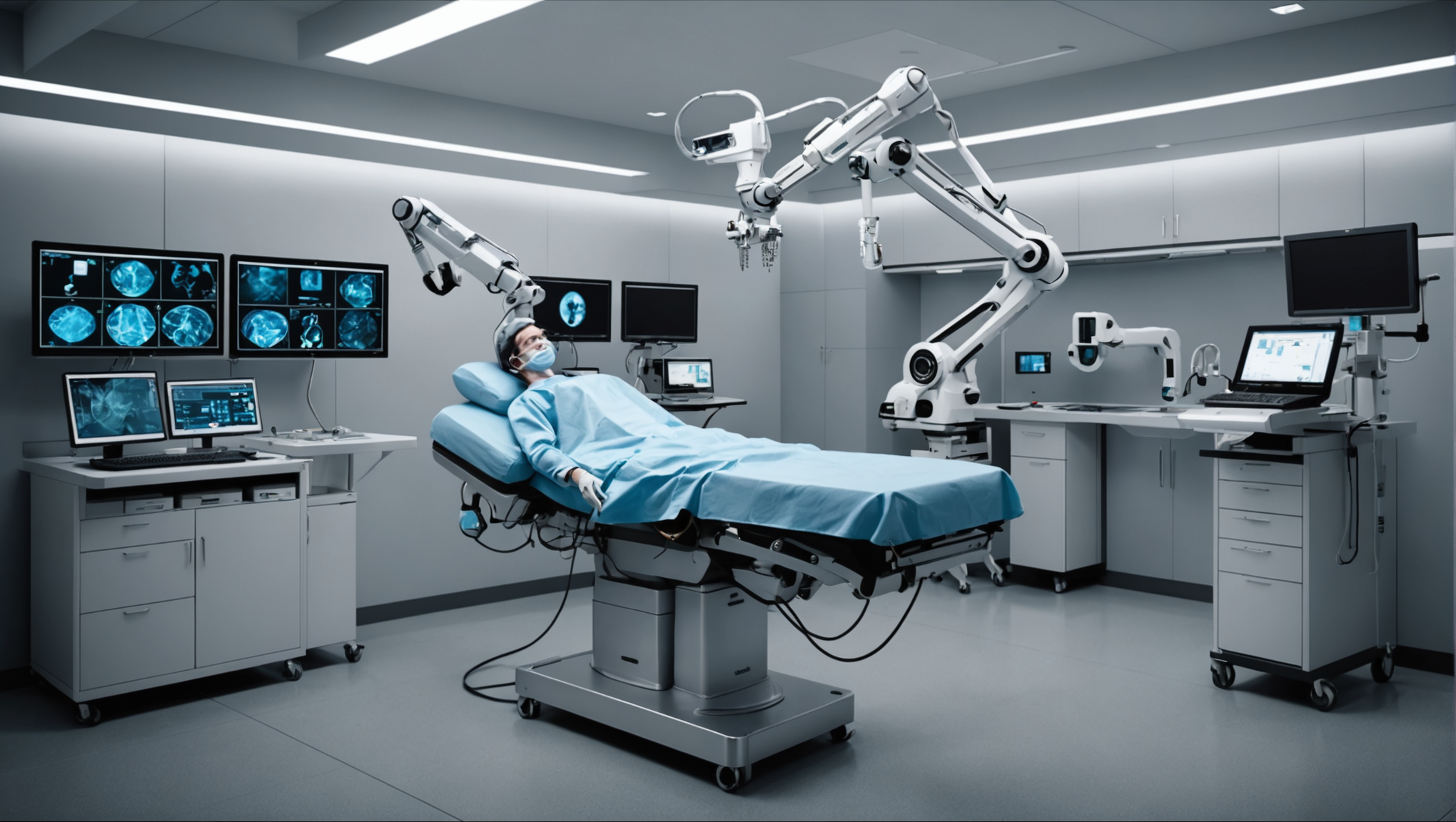
« Histoire de la chirurgie », un documentaire à cœur ouvert 🪡 pic.twitter.com/Ad12WuqtFC
— ARTE (@ARTEfr) May 26, 2024

